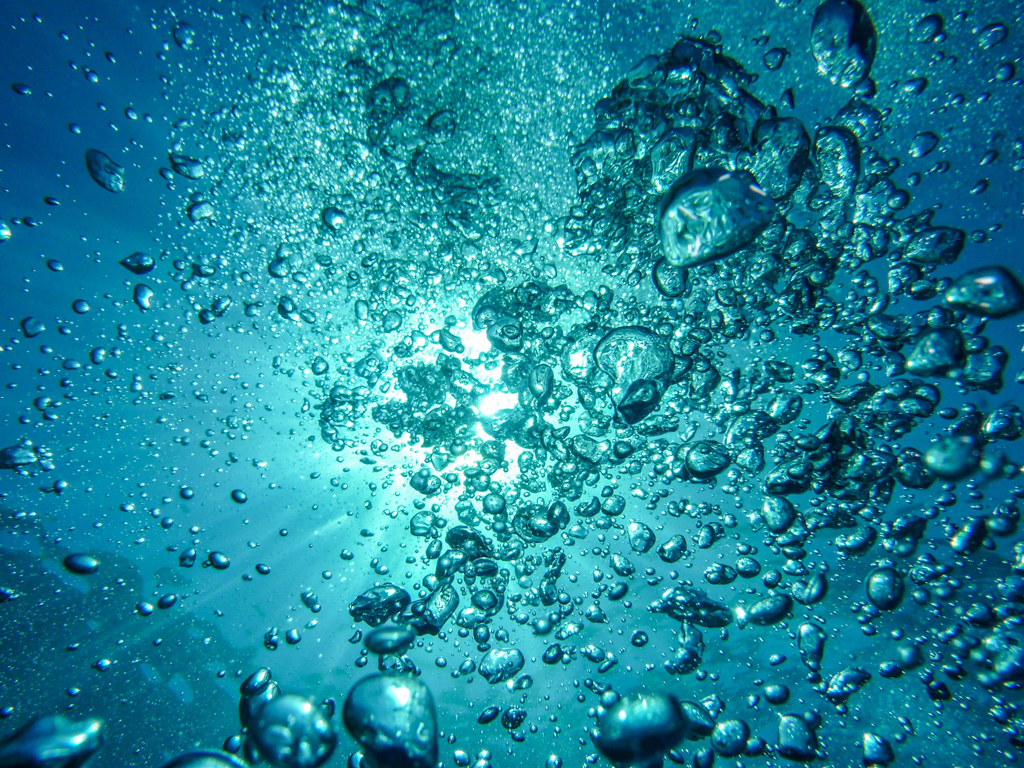
How to Solve a Problem Involving the Brazilian Drought and Pesticide Usage?

Water is an essential resource for human survival; however, water supply is greatly affected by drought as well as by pollution caused by industry, large cities, and even smaller communities. I am originally from Brazil and my home city is in the North Eastern region of Brazil, which is known for experiencing periodic droughts. Recently, this region has faced one of the greatest periods of drought of all times lasting more than seven years. In the Northeast of Brazil, a great part of the human water supply is collected in surface freshwater reservoirs which are commonly polluted due to runoff, discharge of chemical products and nutrients and wastewater contamination.
Biocidal agents are chemicals used to eliminate or prevent the action of harmful organisms such as insects, fungi and weeds. Biocidal agents have many applications, including maintenance of hospital hygiene, household cleaning, disinfection and to a large extend in agriculture where they are also known as pesticides. However, a great concern regarding the pesticides application in agriculture is that they can be extremely toxic to non-target organisms, they can persist in the environment for several years and can accumulate in the food chain, representing a threat to human health.
During the application of pesticides in agriculture, these chemicals can be carried through the air or by rainfall runoff and wastewater disposal, finding their way to freshwater reservoirs. The problem is that conventional water treatment is not designed to remove dissolved compounds such as pesticides from water, therefore, they can eventually end up in drinking water. To overcome this contamination problem, it is necessary to develop and apply alternative and complementary water treatment processes that focus on removing dissolved pollutants.
One possible treatment for pesticide removal is known as heterogenous photocatalysis, which is based the use of a chemical that is activated by light energy of a specific wavelength. Many studies have focused on the development of optimal photocatalysts and the selection of the best illumination source, however, little is known about the practical application of this type of treatment. I believe that now is the time to take this promising technology forward and focus on the possible ways of application. I am currently working on the development of a treatment unit that will be used to treat pesticides before they arrive at the treatment plants, this way, there will not be subsequent contamination in drinking water. My plan is to engineer a treatment unit that will use recycled materials and will avoid the use of plastics. Also, the use of renewable energy sources will be evaluated for illumination and activation of the photocatalysts. After that, the reactor will be deployed in strategical places in farms across Scotland and will successfully treat pesticides!
Indira Menezes, Robert Gordon University
